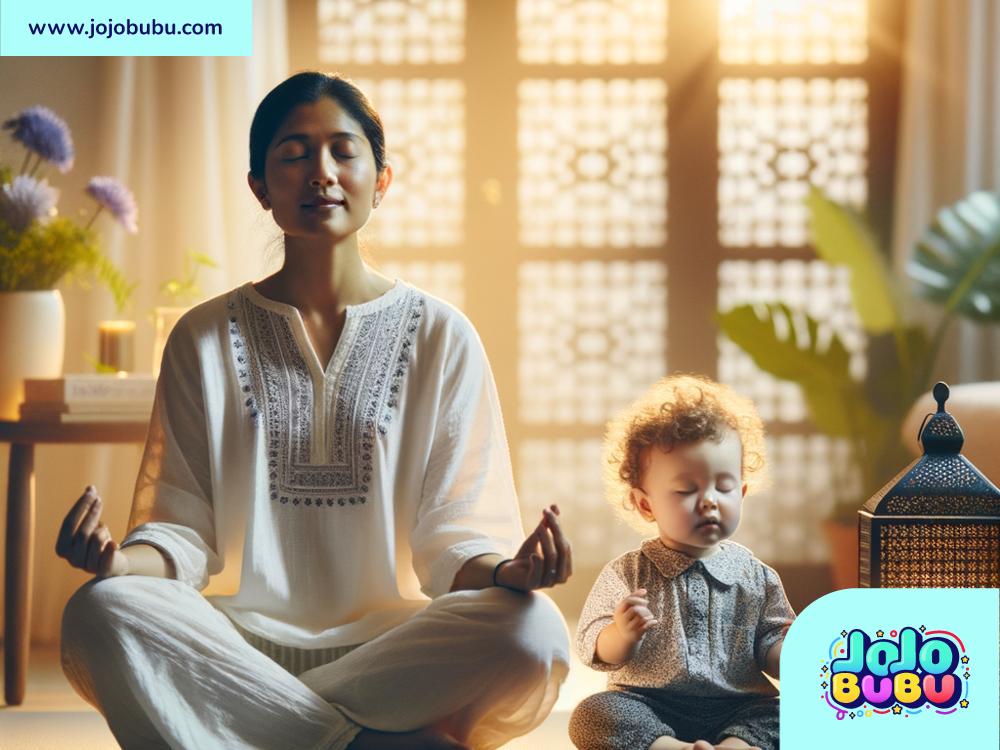Relax Your Mind and Body: Exploring Guided Relaxation Exercises
Life can be busy and stressful. From work demands to family responsibilities, there is often little time to truly relax. That’s where guided relaxation exercises come in. These simple techniques help calm your mind and body, reduce stress, and improve your overall well-being. The best part? You don’t need fancy equipment or hours of free time. With just a few minutes, you can give yourself the gift of relaxation.
Let’s dive into what guided relaxation exercises are, how they work, and why they’re worth practicing.
What Are Guided Relaxation Exercises?
Guided relaxation exercises are a form of mindfulness meditation. They involve listening to instructions to help you relax your muscles, focus your thoughts, and release tension. These exercises can guide you through visualizations, breathing techniques, or body scans – all designed to help you feel calm and refreshed.
Often, a soothing voice leads you throughout the process, easing you into a state of serenity step by step. You might hear calming music or nature sounds in the background. Many guided relaxation exercises are available as recordings, apps, or videos, so you can easily practice them anytime.
You don’t need experience to start. These exercises are simple and perfect for beginners or anyone looking to slow down and de-stress.
Why Guided Relaxation Exercises Work
Guided relaxation works by directing your focus inward and helping your body shift to a state of rest. When we're stressed, our bodies activate the “fight or flight” response, releasing adrenaline and increasing heart rate. Relaxation exercises, however, activate the opposite: the “rest and digest” response. This slows your breathing, lowers your heart rate, and reduces stress hormones in your system.
By practicing relaxation regularly, you can train your body and mind to handle stress more calmly. Over time, it becomes easier to recover from tough days and even prevent stress from taking hold.
Benefits of Guided Relaxation Exercises
Taking time to relax isn’t just comforting; it’s good for your health. Here are some of the key benefits:
- Stress Relief
Guided relaxation can melt away tension and help you feel less overwhelmed. Listening to a voice telling you to “let go” can be calming and therapeutic.
- Better Sleep
Many people use guided exercises as part of their bedtime routine. It’s an easy way to quiet a busy mind and prepare your body for restful sleep.
- Improved Focus
Relaxation exercises often involve focusing on your breathing or visualizations. This practice can boost your ability to concentrate and stay present during daily activities.
- Physical Benefits
Relaxation reduces muscle tension and can even lower blood pressure. Your body feels lighter and more comfortable after a session.
- Emotional Balance
Guided exercises encourage mindfulness, which helps you become more aware of your emotions. This can lead to better emotional management and a sense of calm.
How to Get Started with Guided Relaxation
Getting started with guided relaxation is simple, and there’s no right or wrong way to do it. Here are a few tips to get you on the path to relaxation:
- Find a Quiet Space
Choose a place where you won’t be interrupted. It could be your bedroom, living room, or even your office during a break.
- Choose a Guide
You can use a relaxation app, a YouTube video, or a podcast. Look for a guide with a voice that feels calming to you.
- Get Comfortable
Sit or lie down in a position that feels comfortable. Some people like sitting upright, while others prefer lying flat on a bed or yoga mat.
- Follow Along
Simply listen to the guide and follow the instructions. Guides will often ask you to focus on your breathing, tense and relax muscles, or imagine calming scenes.
- Be Present
Try to stay in the moment and let go of distractions. If your mind wanders, gently bring your focus back to the guide.
Popular Types of Guided Relaxation
There are many relaxation styles to choose from. Try experimenting to find the best fit for you:
- Body Scan
A guide leads you through each part of your body, helping you let go of tension.
- Breathing Exercises
Focus on taking slow, deep breaths to calm your nervous system.
- Visualization
Imagine calming scenes like walking on a beach or relaxing in a forest.
- Mindfulness Meditation
Focus on your thoughts, feelings, and surroundings without judgment.
Tips for Staying Consistent
Like any new habit, guided relaxation exercises work best when done regularly. Here are a few tips to help you stay consistent:
- Set a Routine: Practice at the same time every day, such as before bed or after work.
- Start Small: Begin with just 5–10 minutes a day and gradually increase your time.
- Use Reminders: Set alarms or write it in your planner.
- Be Kind to Yourself: Don’t worry if you skip a day or feel distracted. Just get back into the routine when you can.
Conclusion
Guided relaxation exercises are a simple yet powerful way to take care of your mental and physical health. With just a few minutes of practice, you can experience less stress, better sleep, and a greater sense of peace. Whether you’re busy or just starting out, guided relaxation offers an easy path to a calmer you.
So, why not give it a try? Turn on a guided session, close your eyes, and let yourself relax. You deserve it.

